Iceland is renowned for its breathtaking natural beauty, and its waterfalls are among the most spectacular sights the country has to offer. Whether cascading over volcanic cliffs or plunging into glacial rivers, these waterfalls create awe-inspiring landscapes that draw visitors from around the world. In this guide, we’ll explore some of Iceland’s most stunning waterfalls, including Gullfoss, Seljalandsfoss, and Dettifoss, and offer tips on how to visit them for an unforgettable experience.
1. Gullfoss: The Golden Waterfall
Gullfoss, which translates to “Golden Waterfall,” is one of Iceland’s most famous and photographed natural attractions. Located in the Hvítá River canyon, this massive two-tiered waterfall drops a total of 32 metres (105 feet) into a rugged canyon, creating a spectacular scene of raw power. On sunny days, rainbows often form in the mist that rises from the crashing water, adding to the magical beauty of this natural wonder.
How to Visit Gullfoss:
– Location: Gullfoss is located along the popular Golden Circle route, about 90 minutes by car from Reykjavik. It is easily accessible by road, with a parking lot just a short walk from the main viewing platforms.
– Best Time to Visit: Gullfoss is beautiful year-round. In the summer, the waterfall is surrounded by lush greenery, while in winter, the ice and snow create an ethereal scene. However, the summer months offer better access to the viewing platforms.
– Tips: To fully appreciate Gullfoss, make sure to explore the multiple viewing platforms, which offer different angles and perspectives. Bring a waterproof jacket, as the mist from the waterfall can be strong, especially when the wind picks up.
2. Seljalandsfoss: Walk Behind the Waterfall
Seljalandsfoss is one of the most unique waterfalls in Iceland because it allows visitors to walk behind the cascading water. This 60-metre (197-foot) waterfall tumbles over a cliff into a shallow pool below, with a path that circles behind the waterfall, offering a rare and immersive experience.
How to Visit Seljalandsfoss:
– Location: Seljalandsfoss is located along the Ring Road on the southern coast of Iceland, about two hours from Reykjavik. A parking lot is available nearby, but there is a small fee.
– Best Time to Visit: Summer is the best time to visit Seljalandsfoss, as the trail behind the waterfall is more accessible and safer to navigate. However, in winter, the frozen waterfall surrounded by snow and ice offers a dramatic and beautiful scene.
– Tips: Wear sturdy, waterproof shoes, as the path behind the waterfall can be slippery and wet. It’s also a good idea to bring a raincoat, as you’ll likely get soaked from the mist. For photography enthusiasts, visiting early in the morning or late in the evening provides fewer crowds and better lighting for photos.
3. Skógafoss: Majestic and Mighty
A short drive from Seljalandsfoss brings you to Skógafoss, another of Iceland’s iconic waterfalls. At 60 metres (197 feet) high and 25 metres (82 feet) wide, Skógafoss is one of the largest and most powerful waterfalls in Iceland. The mist from the waterfall often creates stunning rainbows on sunny days, making it a favourite among photographers.
How to Visit Skógafoss:
– Location: Skógafoss is located just off the Ring Road in southern Iceland, near the small village of Skógar, about two hours from Reykjavik.
– Best Time to Visit: Skógafoss is a year-round destination, but visiting on a sunny day increases your chances of seeing the famous rainbow. In winter, the surrounding landscape is often covered in snow, offering a picturesque contrast to the waterfall.
– Tips: There’s a staircase beside the waterfall that leads to the top, offering panoramic views of the surrounding landscape. For an up-close experience, you can walk right up to the base of the waterfall, but be prepared to get drenched by the mist!
4. Dettifoss: The Most Powerful Waterfall in Europe
Located in Vatnajökull National Park in northern Iceland, Dettifoss is Europe’s most powerful waterfall. The 44-metre (144-foot) waterfall plunges into a canyon with a thunderous roar, fed by the meltwater from the Vatnajökull glacier. Dettifoss is a force of nature that must be experienced firsthand to truly appreciate its scale and power.
How to Visit Dettifoss:
– Location: Dettifoss is located in the remote northern region of Iceland, accessible via Route 862 (west side) or Route 864 (east side). The east side offers better views, but the roads can be rough and are often closed in winter due to snow.
– Best Time to Visit: The best time to visit Dettifoss is during the summer months when the roads are open, and the area is more accessible. However, winter offers a surreal, frozen landscape for those able to make the journey.
– Tips: Wear sturdy hiking boots, as the terrain around the waterfall can be uneven and slippery. Dettifoss is located in a remote area, so bring water and snacks, and be prepared for strong winds and mist near the waterfall.
5. Goðafoss: The Waterfall of the Gods
Goðafoss, also known as the “Waterfall of the Gods,” is one of the most beautiful waterfalls in northern Iceland. Its name comes from Icelandic history, as legend has it that when the country adopted Christianity in the year 1000, the pagan statues of the old Norse gods were thrown into the waterfall. With a semicircular drop of 12 metres (39 feet) and a width of 30 metres (98 feet), Goðafoss is both scenic and historically significant.
How to Visit Goðafoss:
– Location: Goðafoss is located along the Ring Road between the towns of Akureyri and Mývatn in northern Iceland. It’s about a 30-minute drive from Akureyri.
– Best Time to Visit: Goðafoss is a stunning sight year-round, but in winter, the waterfall is often surrounded by snow and ice, creating a magical atmosphere.
– Tips: There are paths on both sides of the waterfall, offering different perspectives. For the best views, visit the east side. The parking lot is close to the waterfall, making it easy to explore without a long hike.
6. Svartifoss: The Black Falls
Svartifoss, or the “Black Falls,” is one of Iceland’s most unique waterfalls, known for the black basalt columns that frame it. Located in Vatnajökull National Park, this 20-metre (66-foot) waterfall is smaller than some of Iceland’s other famous cascades, but its striking basalt formations make it a favourite among nature lovers and photographers.
How to Visit Svartifoss:
– Location: Svartifoss is accessible via a 1.5-kilometre (1-mile) hike from the visitor centre at Skaftafell in Vatnajökull National Park.
– Best Time to Visit: Svartifoss is accessible year-round, but the hike is easiest in summer. In winter, snow and ice can make the trail more challenging but also more rewarding.
– Tips: The hike to Svartifoss takes about 30-45 minutes, so wear comfortable hiking shoes and bring water. Along the way, you’ll pass other scenic spots, making the journey as rewarding as the destination.
Conclusion
Iceland’s waterfalls are a true testament to the country’s raw, untamed beauty. Whether you’re standing in awe at the power of Dettifoss, walking behind the curtain of water at Seljalandsfoss, or marvelling at the rainbow mist of Gullfoss, these natural wonders offer unforgettable experiences. With most of these waterfalls being free to visit and easily accessible, they provide an incredible opportunity to explore Iceland’s dramatic landscapes without breaking the bank.
Don’t forget your camera, waterproof clothing, and a sense of adventure as you explore the stunning cascades that make Iceland a nature lover’s paradise.
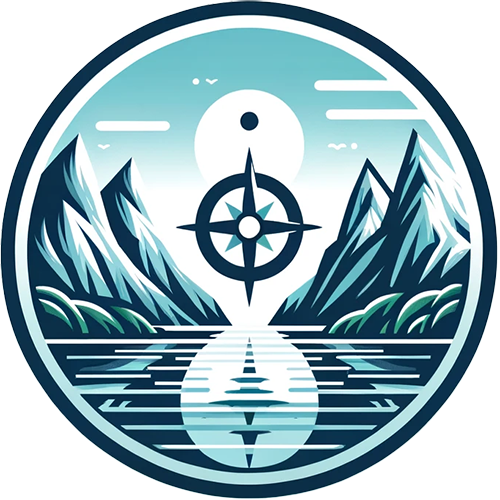
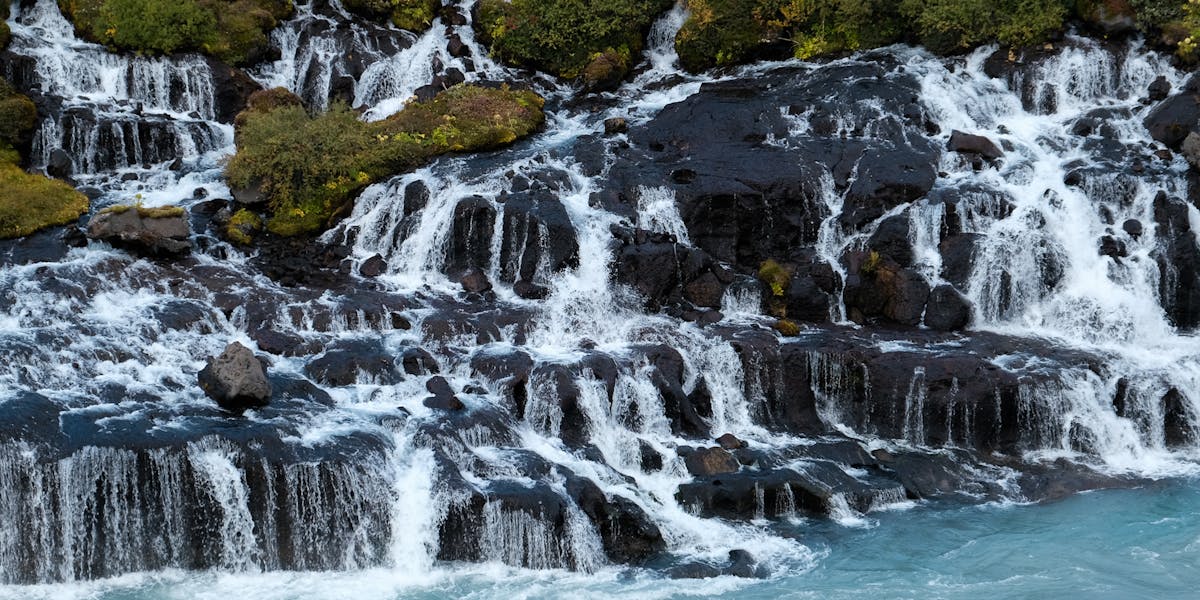
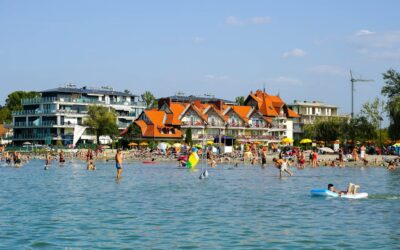
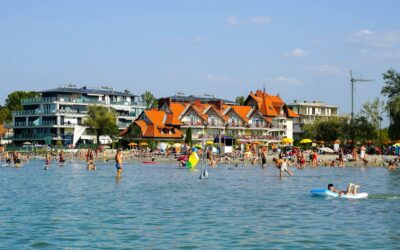
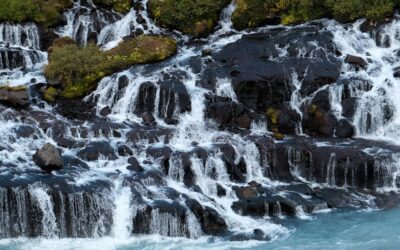
0 Comments